Along the southern boundary of the back half of the rear garden is a shallow depression that runs a hundred feet or more to the back of the property. From beneath the concrete footer of the garden shed a damp weather spring emanates, and in much of the year water runs through this low area, alternately peaking above ground and then disappearing into small sink holes. In wet seasons there is often standing water for weeks at a time, but in summer the swale typically goes bone dry. But, not this year, and this has resulted in predictably dire circumstances.
I would not have planted the witch hazel, evergreen hollies, or Western red cedars if I had realized this area would remain constantly wet. I have little doubt that it was much drier when these were planted, and in fact it seems that the area as a whole has sunk in recent years. The back third of the rear garden is wetter than usual, and I fear that even when this damp summer passes there will be problems, and some long established plants will have suffered irreparable harm.
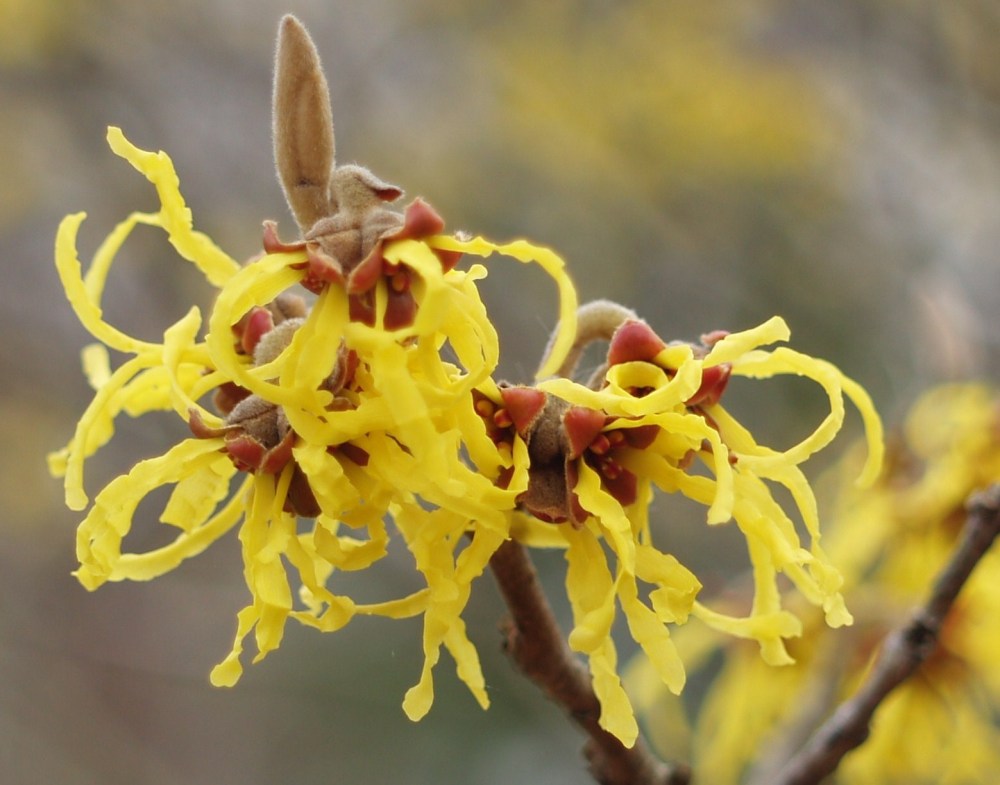
The witch hazel (Hamamelis x intermedia ‘Arnold Promise’ above) was planted around fifteen years ago at the upper, slightly drier edge of the depression, and it’s grown past ten feet tall and wide. In past years there’s been a time or two when it began to defoliate in late summer when the weather was hot and dry, but I’ve never seen problems from excess dampness. Now, leaves are dropping prematurely, and I wonder if damage to its roots will spell its doom.
In the same area the leaves of the Franklin tree (Franklinia alatamaha, above) are smaller, and more sparse than usual, and I suspect that continually damp soil is the reason. Neither Franklin tree or witch hazel is tolerant of wet soils, and of course if I knew at the time that the area would be this wet I would have planted them on higher ground.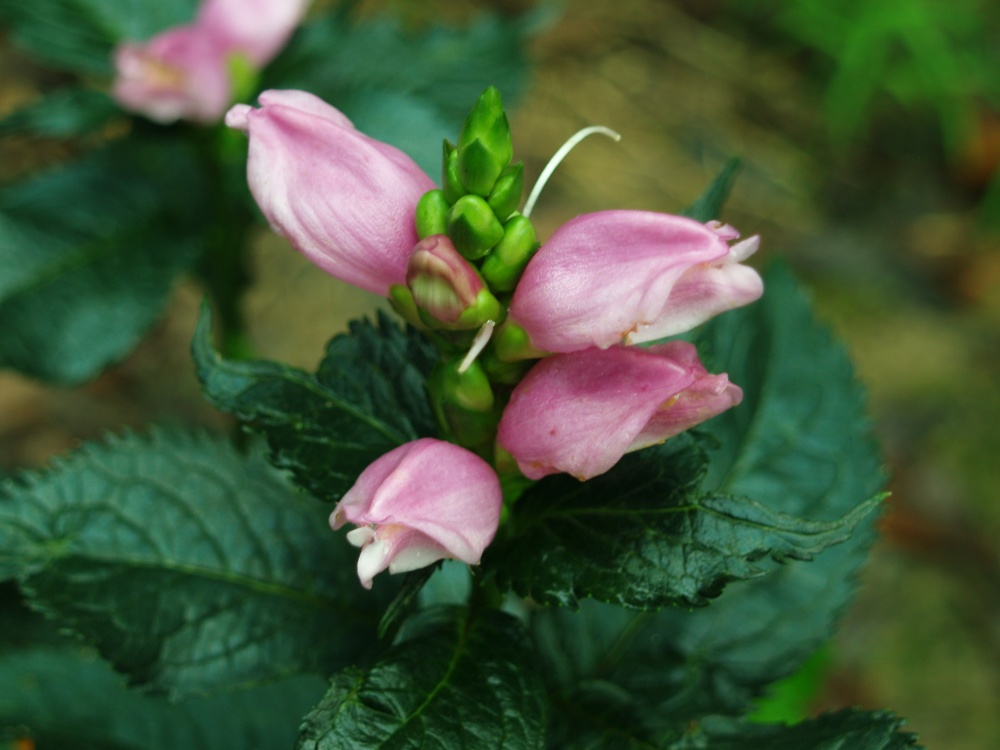
There are plants that flourish in wet ground, but many that are recommended for moist soils are not intended for constant wetness. There is a considerable difference between moist and wet, and this year Rodgersia and turtleheads (Chelone lyonii ‘Hot Lips’, above) have struggled in the wettest spots. But, Black chokeberry (Aronia melanocarpa) and buttonbush (Cephalanthus occidentalis, below) seem quite content in the spot where water stands long after other areas have dried.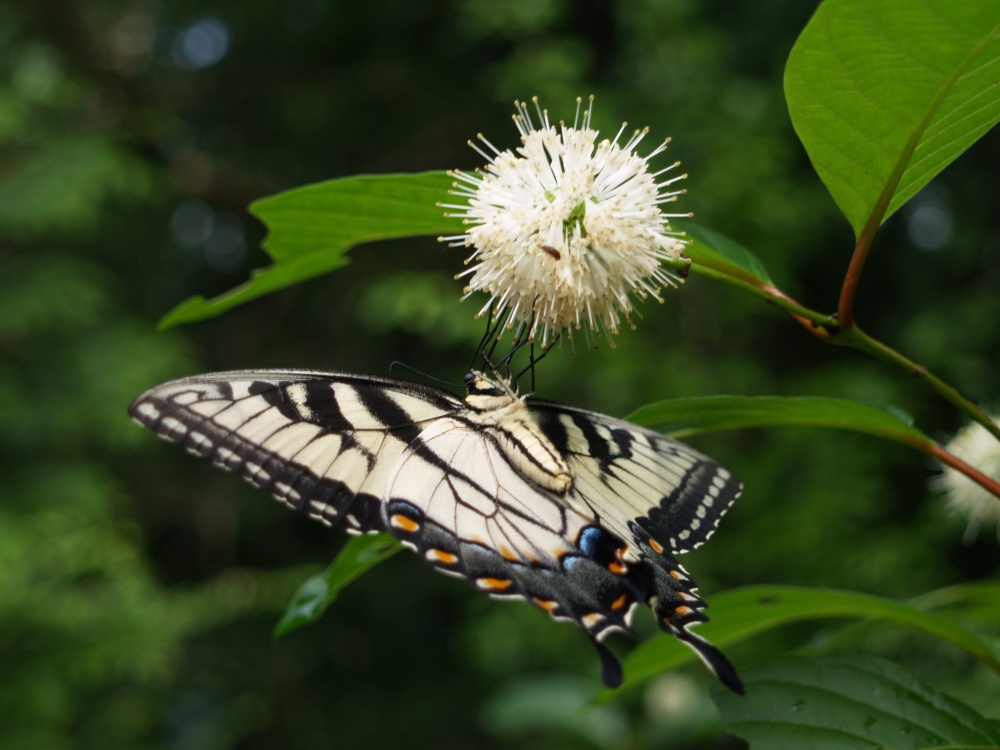
The white beautyberry (Callicarpa dichotoma ‘Albifructus’, below) is planted on a slight rise in the wettest area, and it shows no negative effect from the wetness, but Blue Mist shrubs (Caryopteris x clandonensis) planted a few feet away are barely hanging on. I fear that the time for drier ground this summer is running short as August draws to a close, and if September should turn wet from tropical storms and remnants of hurricanes as in recent years I will expect more problems.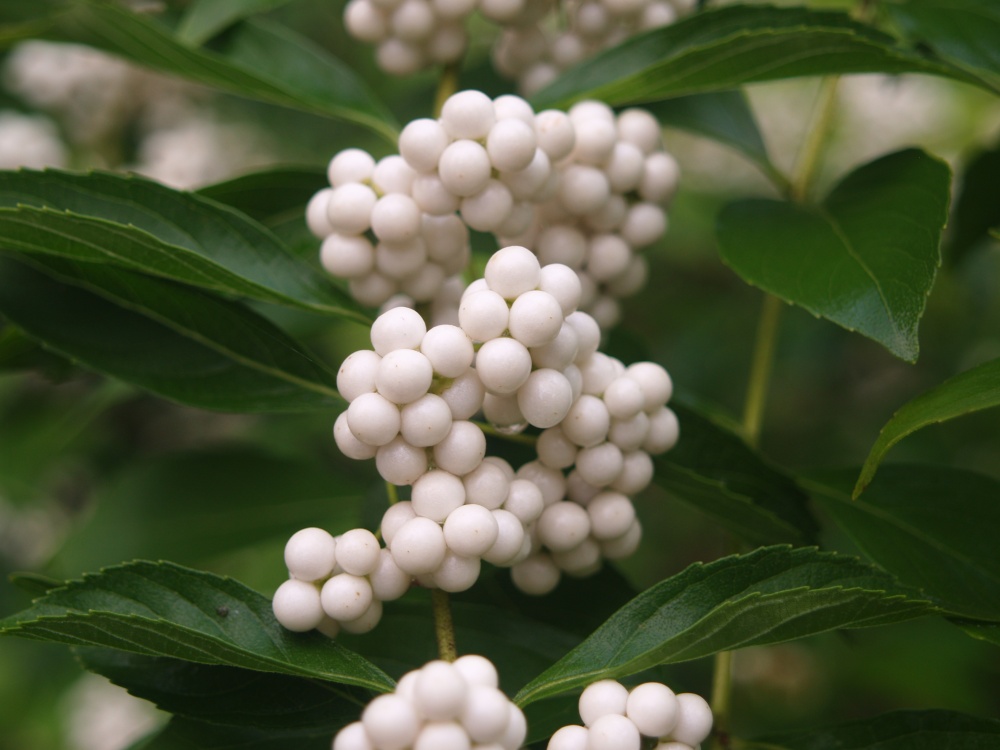
There seems nothing can be done to remedy this situation, but to wait and hope. Plants are often more resilient than the gardener has any right to expect, so perhaps all will survive. Certainly, the long term damage will be difficult to assess until next spring, and then I hope that I’m not searching for replacement plants that will tolerate the wetness. The garden changes constantly, and last year’s problems are often forgotten and replaced by new worries. I’ve been doing this garden long enough that I accept these ups and downs, but problems are more often related to too little water, rather than too much, and anticipating the worst, I’ll be heartbroken to lose these long established treasures.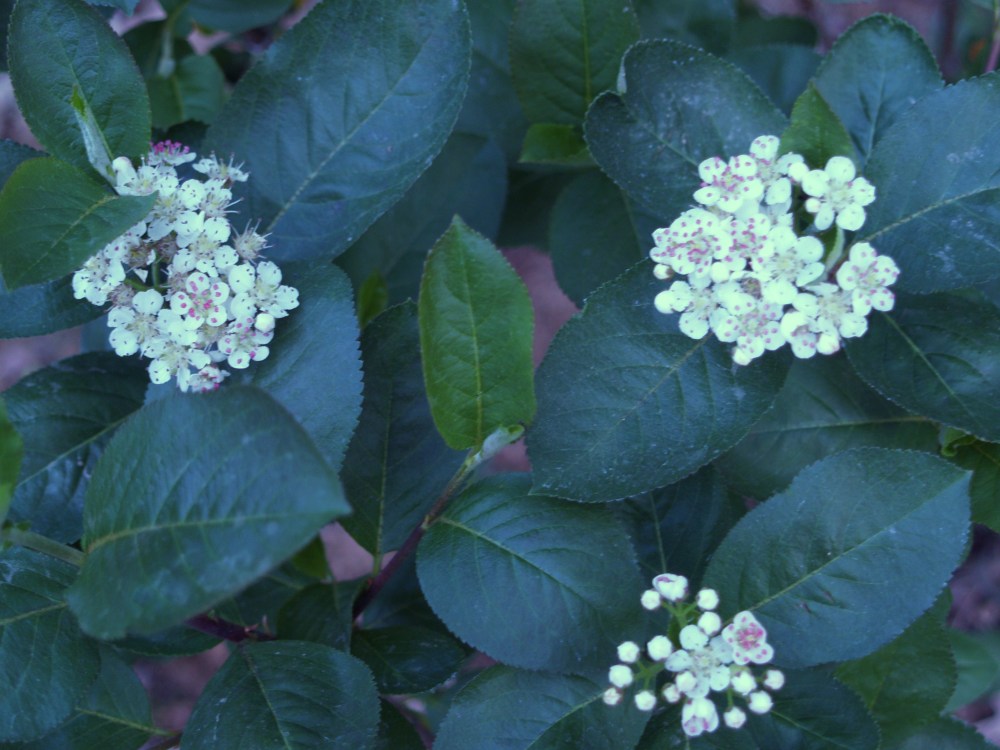

You mention that the Franklinia tree isn’t doing too well in your damp ground. But, as I recall, that tree was initially discovered growing along the banks of a river (in Georgia, maybe?) in the 1700s, so it should be able to tolerate wet ground. Maybe it has a disease? Here in New Hampshire, I too, planted a Franklinia tree years ago, and it grew very well for a year or two, then suddenly wilted and died, as if it were starved for water. But the literature on this tree says it is very susceptible to verticilium wilt, and once that hits, there is absolutely no cure for it. Darn – I miss that tree/shrub.
You are correct that Franklinia was discovered in the wild along the Alatamaha River in Georgia. However, I suspect that many trees found along the margins of rivers are not growing in wet soil, but have taken residence here because of the availability of sunlight at the edge of densely wooded areas. With too many plants in this low area showing ill effects from wet soil this summer, I feel safe with this diagnosis. In any case, I have no alternative but to wait it out.
I hope your pretty plants make it this is part of gardening, changes and mistakes (Like me putting my new dawn to close to my crape myrtle which I then had to remove and replace a bit to the side)I seen the franklin tree for the first time at a naturalum in akron, if I am not mistaken the ground was some what damp (not standing water or anything) and it was low lying compared to the rest of the area. one day I will get one but my heart is set on a magnolia possibly little gem or butterflies. oh yea another part of gardening is losing some plants to disease or improper placement or with kindness (me me me guilty of killing with kindness)lol
Sometimes I think that I rarely lose a plant, but then I look back at photos and wonder, “Hey, what happened to that?”. I accept that my mistakes and neglect will kill a number of plants each year, but it’s more upsetting when nature kills plants with too much kindness. Oh well, the garden goes on.